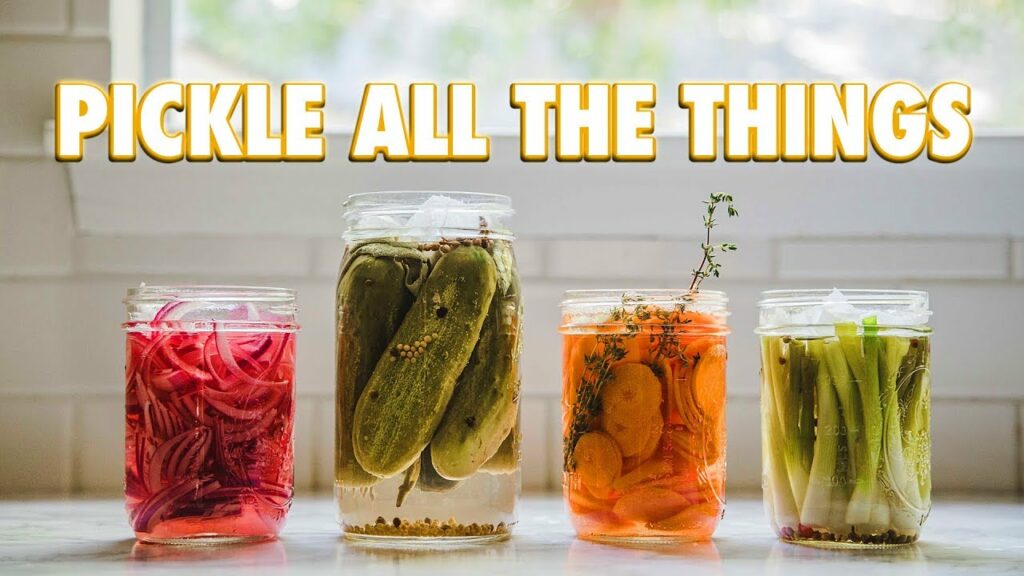How To Make Pickles Without A Recipe

The Art of Pickling: A Guide to Preserving Vegetables Without a Recipe Pickling is an ancient method of preserving food that has stood the test of time for its simplicity and flavor-enhancing capabilities. While traditional recipes often involve intricate measurements and specific ingredients, there’s a liberating joy in making pickles without a recipe. In this […]
Doctor Ian Smith

Doctor Ian Smith: Leading the Charge for Health and Wellness Dr. Ian Smith is a prominent figure in the field of health and wellness, renowned for his expertise in nutrition, fitness, and overall well-being. With a multifaceted career spanning medical practice, television appearances, and authorship, Dr. Ian Smith has become a trusted source of knowledge […]
Food & Diet By Lex Fitness

